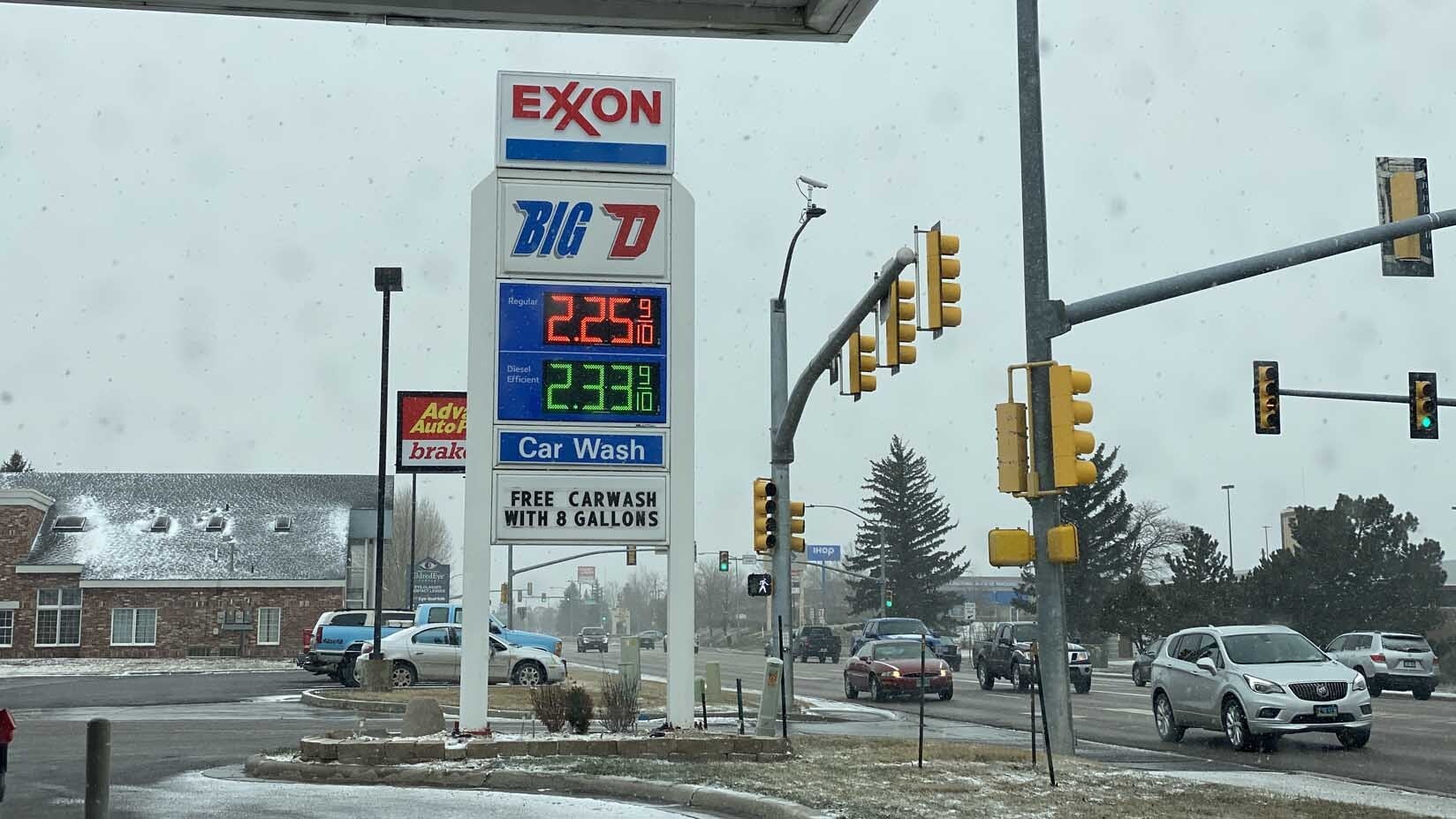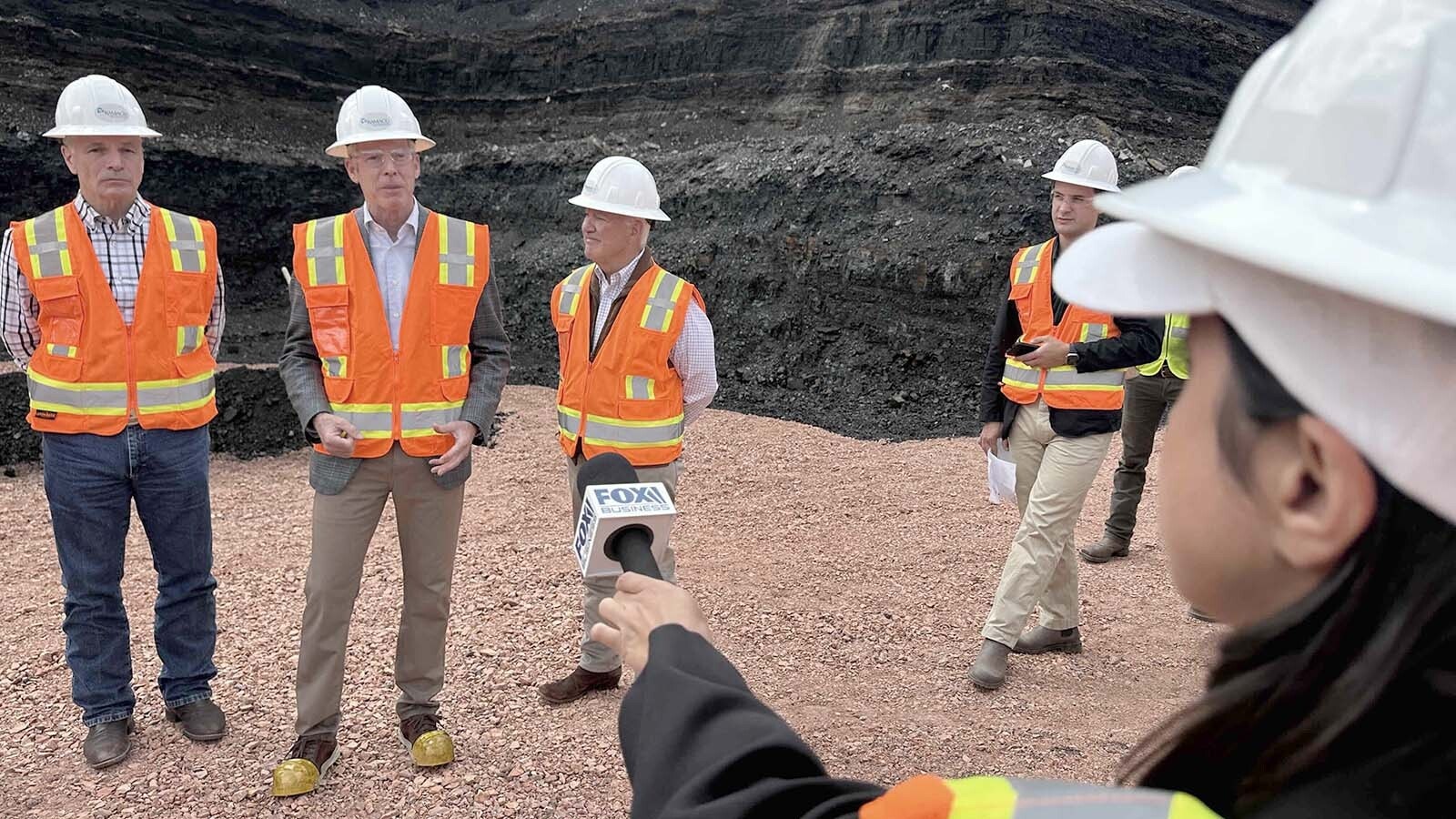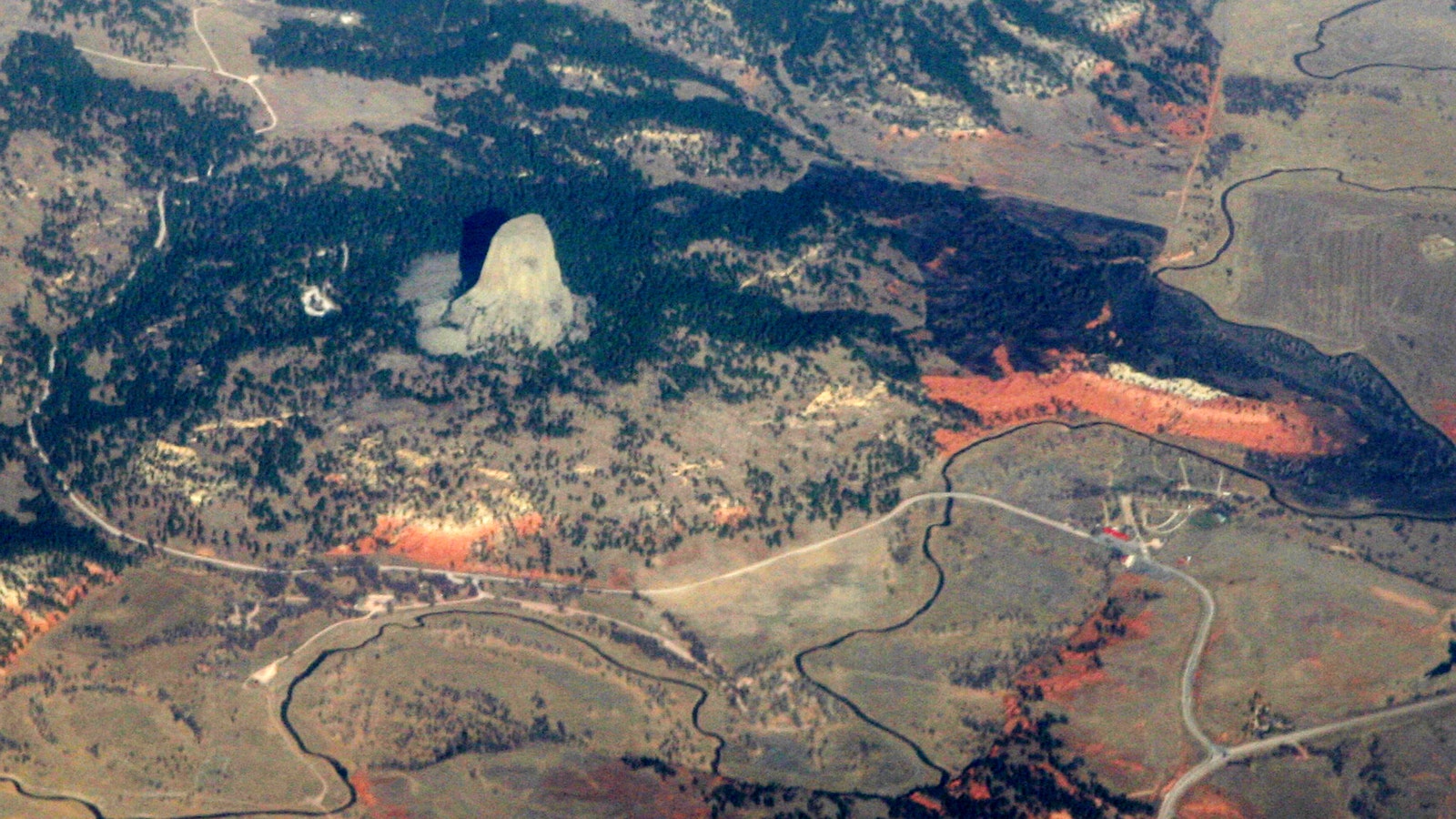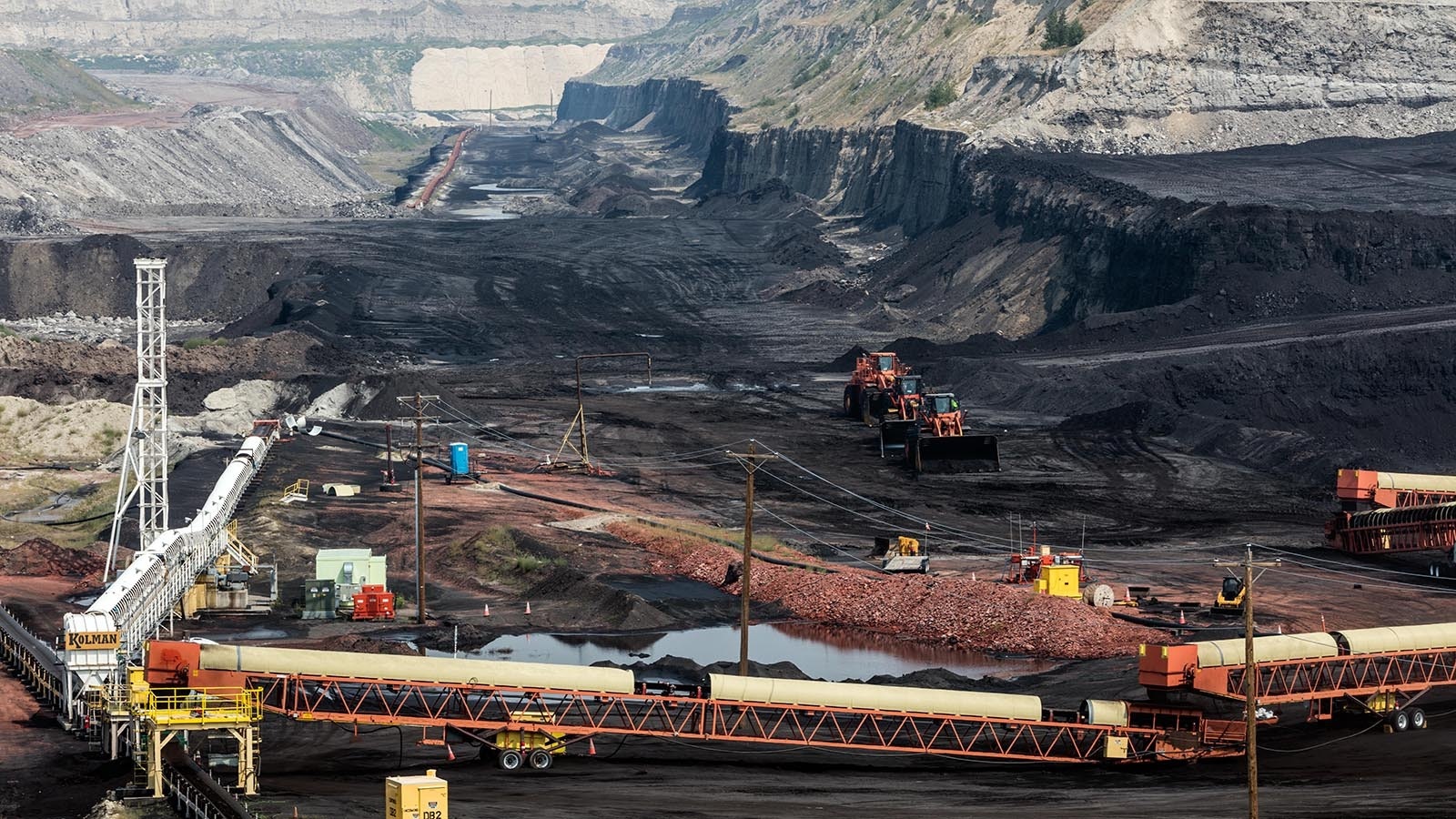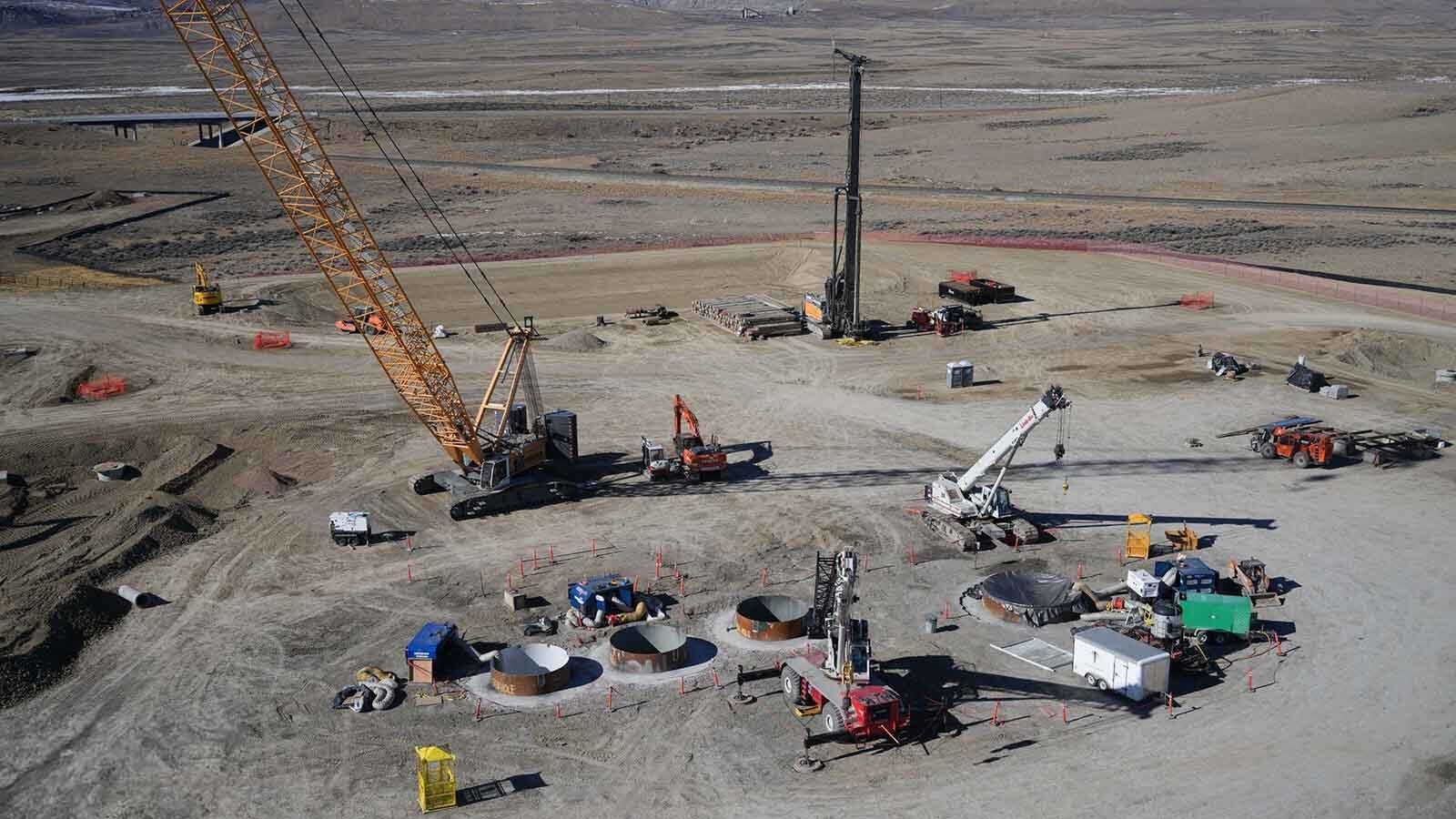As oil prices plummet worldwide, the price of gasoline at the pump in Wyoming is following a similar trajectory across the nation, albeit not as dramatically.
“I call it the rocket-feather effect,” said Rob Godby, a University of Wyoming energy economist. “Gasoline prices go up like rockets and fall like feathers.”
Wyoming’s average price for a gallon of regular gasoline as of Wednesday, April 1, was about $2.17, not quite 20 cents higher than the national average of about $1.98, according to AAA’s gas map at gasprices.aaa.com.
GasBuddy’s price map, at gasbuddy.com, displays a more detailed summary of national gasoline prices, but both maps show the same thing — west of Wyoming, gas is more expensive, and for the most part, gas to the east is cheaper.
The price a consumer pays at the pump is affected by numerous factors — from the price of oil per barrel to the distance between gas stations — but for the sake of brevity, Godby, the director for UW’s Energy Economics and Public Policies Center and a college of business associate professor, boiled it down to three factors: the regional taxes or additive requirements at play, a pump’s proximity to large clusters of oil refineries and demand in an area.
“Typically the West Coast is more expensive than the rest of the country, because it’s more difficult to get oil there,” Godby explained. “And, the lowest prices for gasoline are in the Gulf states to the Southeast. That’s simply because that’s where all the gas is made.”
Hawaii boasts the nation’s highest gasoline prices with an average of about $3.35 per gallon, and California comes in second at about $3.02 per gallon.
Gas prices around the Gulf are lower than much of the nation, but the lowest prices are in Wisconsin with an average of $1.53 per gallon and Oklahoma at about $1.54 per gallon.
While Wyoming is home to a number of petroleum refineries, the lack of demand can inflate pump prices. What Wyoming has in oil assets, it lacks in population. Fewer people attracts less competition, allowing gasoline providers to keep their prices higher for longer.
“In a small town in Wyoming with only one gas station, you’re not competing against anybody,” Godby said. “So, why lower the price?”
Ultimately, gas stations are forced to reduce prices at pumps near neighboring towns to remain competitive, but Wyoming’s gas trends trail the national average.
“Wyoming’s holdout can’t last forever,” Godby said.

